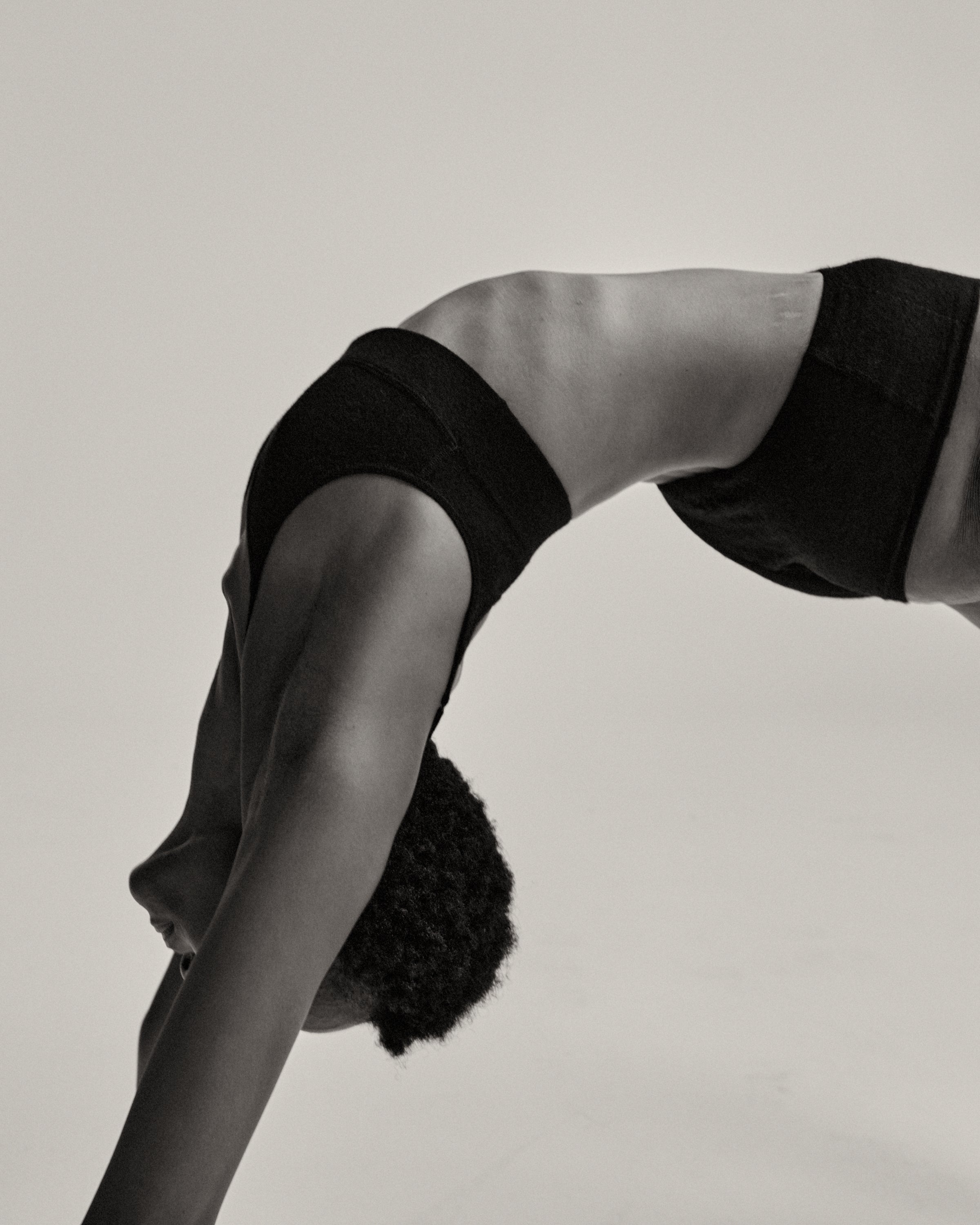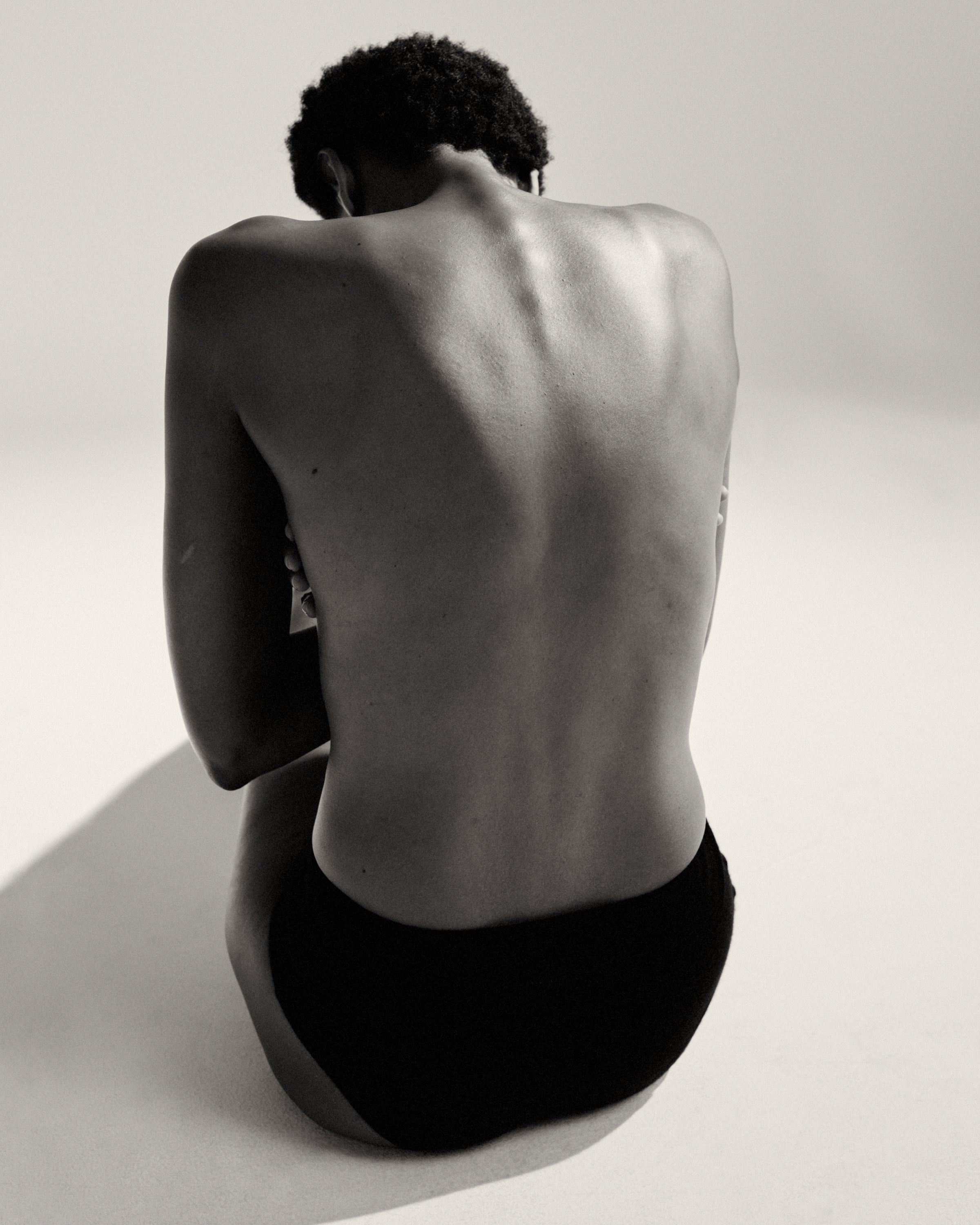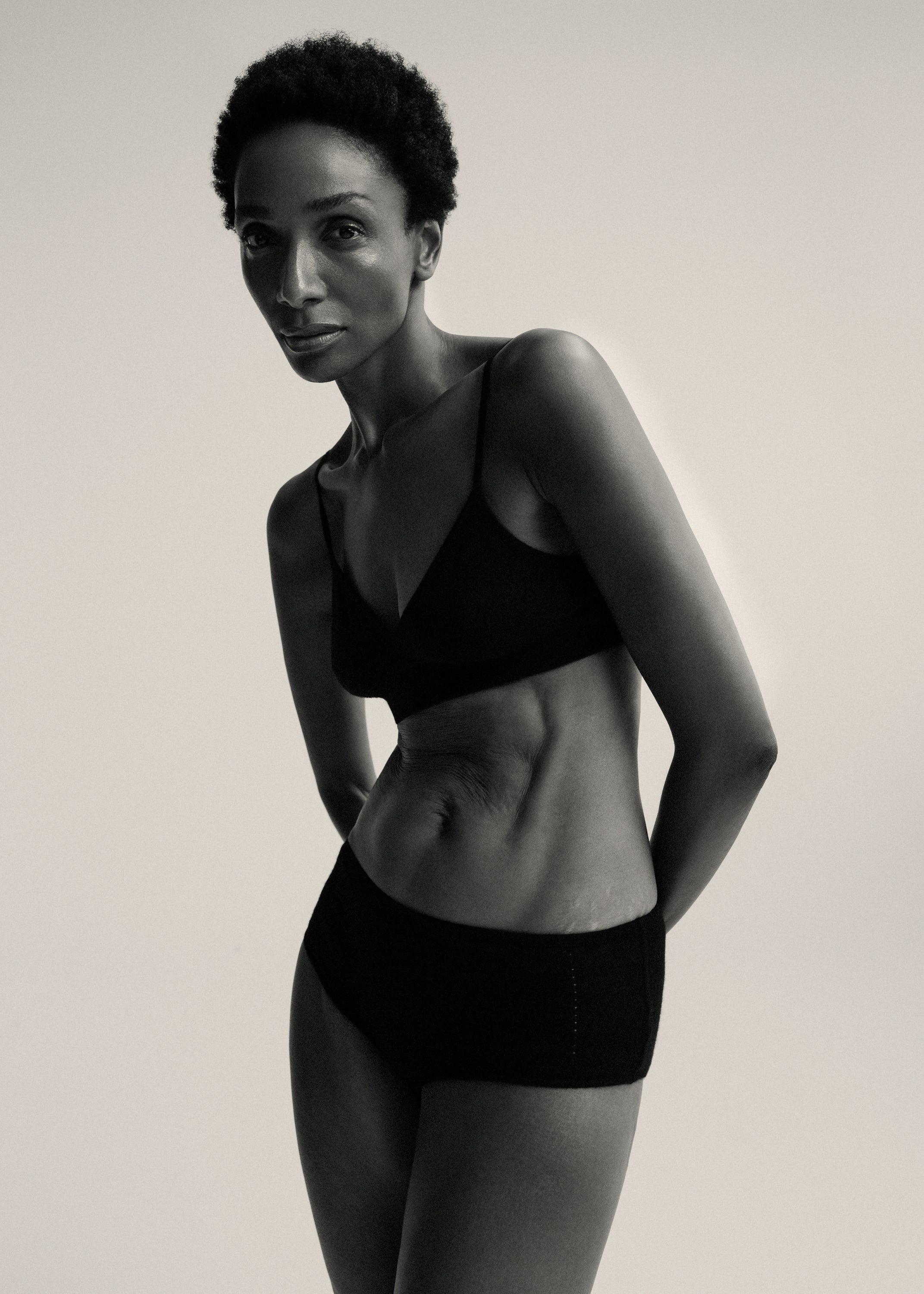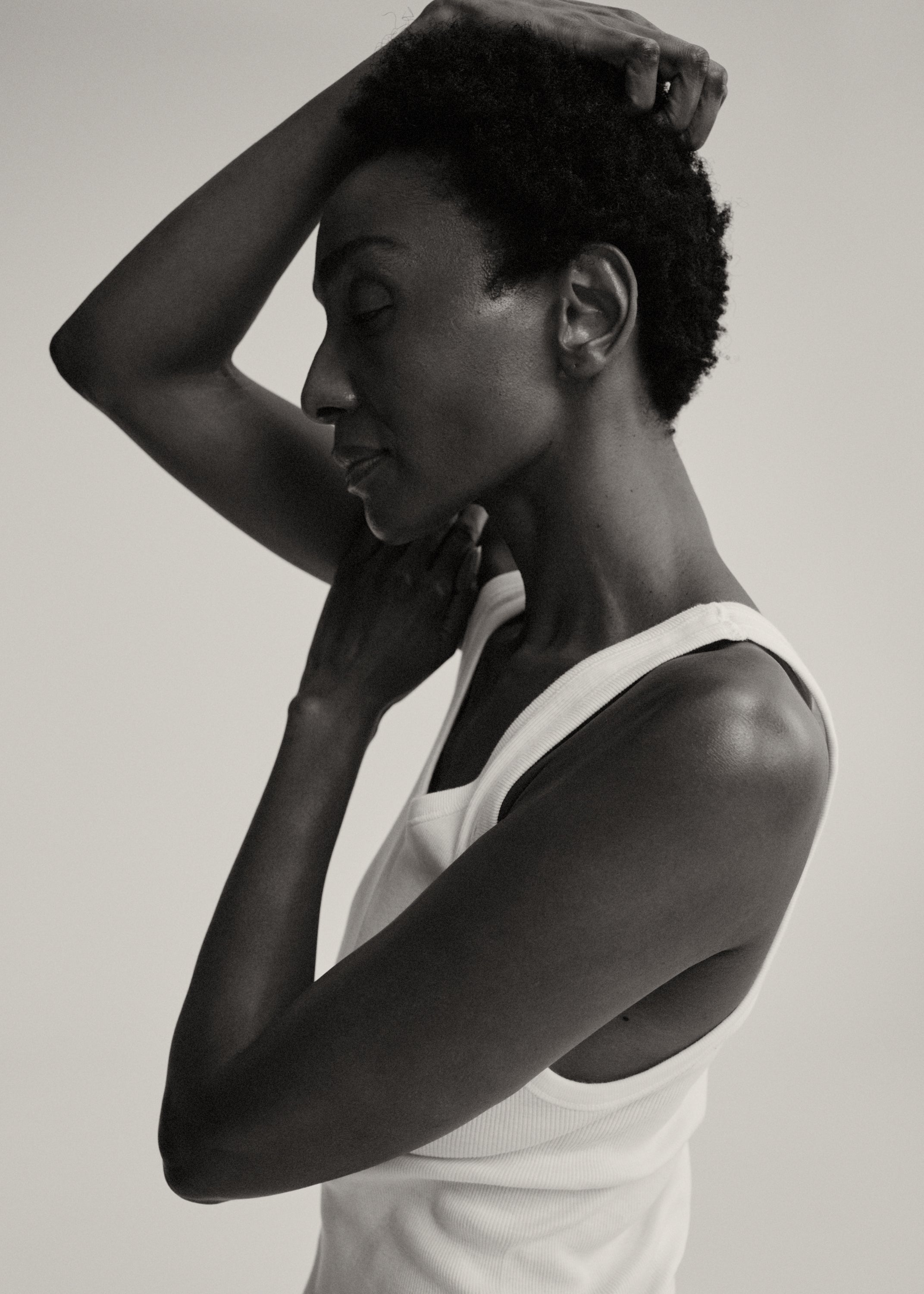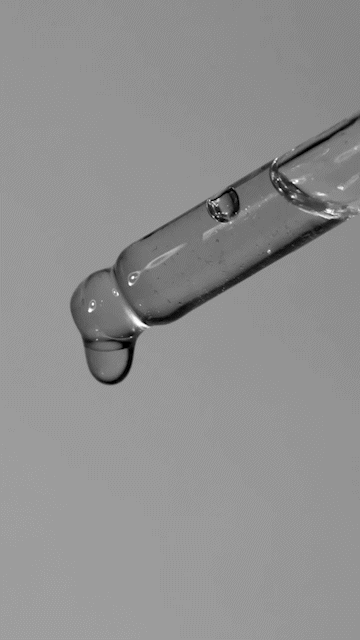At Klur, we believe a holistic approach to optimal skin health must include movement; this aspect of our skin health routine is highly impactful, yet it's rarely discussed in the skincare community. Combining daily exercise with whole food nourishment offers the closest thing to a "magic potion" for preserving youth and sustaining peak health.
Movement as a Skin Health Practice
Scientific research reveals regular exercise can profoundly impact physical and mental well-being. These remarkable benefits extend beyond the visible rewards of improved bodily appearance as your whole body will thrive on this transformative formula, reaping the benefits of improved detoxification, cell waste elimination, elevated mood, improved endurance, boosted energy levels, amplified feelings of contentment, and the detrimental effects of stress and anxiety are suppressed.
However, regular exercise isn't just beneficial for your mind and body; it also delivers abundant benefits to your skin. This article will explore the theory behind movement as it relates to skin health and the countless benefits of exercise, including how it supports a comprehensive well-aging routine–so let's get into the science of movement and our lifestyle recommendations.
Improving Blood Flow
Movement positively impacts skin health by increasing blood flow and oxygenating the skin at a cellular level. This improved circulation helps to nourish skin cells through the process of diffusion. The skin is an external organ composed of two main layers: the epidermis and the dermis, containing blood vessels, nerves, and sweat glands. Nutrients are passed up from the dermis to the epidermis via diffusion, and exercise is an effective strategy to activate this process. Equally important, the increased blood flow helps improve micro-circulation deep in skin layers which keeps the skin firm and smooth giving it a healthy, radiant appearance.
Improving Detoxification
To improve detoxification, we must understand how the skin plays a vital role in expelling waste and regulating body temperature. When the body heats up, blood vessels in the dermis dilate to release heat, stimulating sweat, thus aiding in eliminating toxins and supporting the liver, kidneys, and lymphatic system. The increased blood flow provides nutrients to skin cells and supports the removal of waste by-products through cellular detoxification, activating the skin's natural detox pathways to result in healthier skin and a clearer complexion.
Reduces Inflammation
Research shows regular physical exercise benefits the skin by decreasing inflammation. When skeletal muscles contract, they release proteins that can help reduce inflammation. While inflammation is a crucial physiological response to injury or infection, it may also contribute to various dermatological conditions, such as eczema, acne, and age-related diseases. The problem is aging accelerates rapidly when low-grade inflammation becomes chronic; however, exercise can positively impact the skin by reducing the production of molecules called inflammatory cytokines, which are known to contribute to chronic inflammation and may help to alleviate the symptoms of these skin conditions.
The benefits of daily movement go beyond physical wellness, as it can significantly impact the health and appearance of the skin by boosting collagen production. Collagen and elastin are essential proteins that supply structure and support to the skin, bones, tendons, connective tissue, and ligaments. Unfortunately, these proteins decrease as we age, and skin loses its tightness, leading to skin laxity. Nonetheless, routine exercise has been shown to stimulate collagen production, which can help improve skin vitality and overall healthy aging.
Lowering Cortisol Levels
Stress is an inevitable part of life, but unchecked stress can wreak havoc on your skin health. For example, high levels of cortisol, known as the stress hormone, can accelerate signs of aging, compromise the epidermal barrier, and trigger inflammatory skin conditions such as acne and eczema or psoriasis. But don't fret because there's good news: exercise helps us de-stress, lower cortisol, and combat subsequent skin problems, decreasing the risk of skin inflammation.
Lowering Insulin and the Risk of Metabolic Disorders
Insulin resistance, poor insulin signaling, and other metabolic syndrome parameters play a role in our skin health. Clinical analyses have found strong links between metabolic dysfunctions and inflammatory skin conditions like severe dryness, dermatitis, eczema, and psoriasis. Physical indications of metabolic dysfunction can appear on the skin as dark patches on the elbows, neck, knees, and inside skin folds. However, exercise can help lower insulin and decrease the risk of metabolic disorders. Studies found that 150 minutes of aerobic exercise per week may reduce the risk of and improve metabolic syndrome. By lowering insulin and reducing the risk of metabolic disorders, exercise may also help minimize related skin problems, though more research is needed to fully understand the connection.
Supporting Mitochondrial Health
Mitochondria are crucial organelles in our cells responsible for producing energy, and exercise has been found to improve their function, reducing the risk of age-related diseases. Furthermore, exercise-induced interleukin 15 (IL-15) may improve mitochondrial and skin function, increasing tissue mitochondria, improving skin structure, and higher collagen content. Finally, it is worth noting that mitochondrial dysfunction has been linked to several age-related diseases, but exercise can help reduce the risk of these diseases by enhancing mitochondrial function; aerobic exercise can improve mitochondrial function in older adults, making daily movement a promising way to reduce the early signs of biological aging.
Now that we've covered the science and supported our theory. We want to share practical ways to improve your skin and overall health! Here are some ways you can make intentional movement a priority.
Gentle Movement
Gentle movements might seem mundane and slow, but never-discount controlled conditioning can still help improve blood flow to oxygenate your skin. We recommend walking regularly, stretching, yoga, and leisurely bike rides. Incorporating some of these simple practices into your day can help you stay active and energized without much effort.
Low-Intensity Movement
Low-intensity movement helps to tighten your skin and supports microcirculation. Intentional walking is a great option, especially in getting out and walking in nature. You can use a pedometer or app to track your steps, starting with a small step goal and adding 300 additional steps daily. Research shows 8000 steps is ideal; however, you don't need to commit to any set number, just begin and get into a rhythm of listening to your body. Yoga and stretching offer some great low-intensity and low-impact options as well. Youtube is full of fantastic at-home routines.
"LONG-TERM CONSISTENCY TRUMPS SHORT-TERM INTENSITY."— BRUCE LEE
Medium-intensity exercise may lower cortisol and balance your hormones while improving skin health. Try a mix of strength training and cardio. Weight and resistance training is a great option to improve strength. Start with lightweight, higher repetitions (15+ reps), three sets of each exercise, gradually increasing the weight and decreasing the repetitions as you progress. Cardio exercises such as brisk walking, cycling, or swimming can also help improve cardiovascular health and promote overall well-being. Listen to your body and consult a fitness professional to ensure proper form and technique. By incorporating medium-intensity workouts into your routine, you can support hormonal balance, reduce cortisol levels, and enhance the health of your skin.
High-Intensity Exercise
High-intensity workouts increase sweating and improve detoxification through the skin. Try spinning or cycling, workout classes. It is an excellent opportunity for building community and motivation while getting your workout in. If you love outdoor hiking, try to incorporate intervals. For example, try some sprints with a short burst of energy during your hike.
Resistance Training
Resistance training is a form of exercise that involves lifting weights, using resistance bands, or bodyweight exercises. Recent research found that incorporating resistance training into your regular routine over 16 weeks may help to reduce skin aging. In addition to reducing wrinkles depth and improving dermal thickness, resistance training helps to enhance muscle mass, which means that your skin can appear more tight and toned, giving it a healthier and more vibrant look.
As skin health experts, we know that regular exercise is a powerful practice for well aging; it benefits your body and delivers a bounty of benefits for your skin. Therefore, we recommend you incorporate intentional movement into your skin health practice. Experiment with different types of exercise until you find the ones that nourish you—focus on moving regularly with enjoyment in mind.
Remember, the goal of the exercise shouldn't simply be to address body image; movement is essential to restoring our overall mind, body, and spirit balance; daily movement fortifies your physical health and nourishes your soul.
COPYRIGHT © 2020-2023 KLUR BOTANICS
Delve into the root of inflammation, its causes, and effective management strategies for optimal skin health.
Discover the science behind Unseasonal Kind. A harmonious blend of science-backed botanicals and lipids, meticulously crafted to elevate your skin's vitality.
